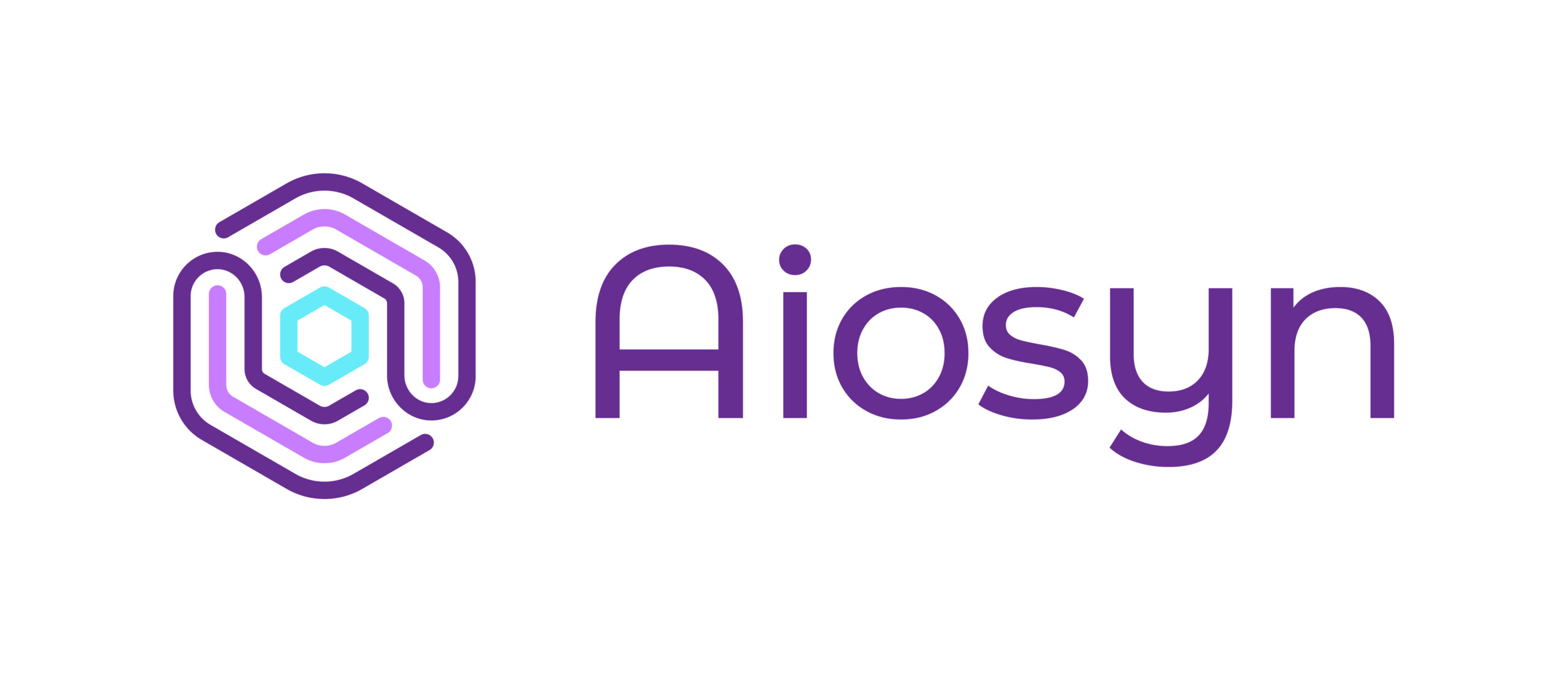Aiosyn Case Study: Leveraging AI for quantitative assessments of kidney health in diabetic animal models
 Aiosyn: The impact of diabetes on kidney health: understanding diabetic nephropathy
Aiosyn: The impact of diabetes on kidney health: understanding diabetic nephropathy
Diabetes is a chronic condition that significantly impacts kidney health, often leading to a serious complication known as diabetic nephropathy. Over time, high blood sugar levels can damage the blood vessels in the kidneys, impairing their ability to filter waste from the blood effectively. This progressive kidney damage can result in proteinuria, decreased kidney function, and eventually, end-stage renal disease (ESRD), necessitating kidney transplantation or dialysis. Understanding the effects of diabetes on kidney health is crucial for developing effective treatments and preventive strategies to mitigate these adverse outcomes and improve the quality of life for diabetic patients.
Methodological approach: AI-powered tissue quantification in diabetic rat models treated with Dapagliflozin
In this preclinical study conducted by Physiogenex, an expert preclinical CRO in metabolic diseases, we have assessed the viability of AI-powered cortical whole slide tissue quantification to evaluate the effectiveness of treatments, aiming to optimize drug efficacy studies. Spontaneously Diabetic Torii fatty (SDT fatty) rats were treated with Dapagliflozin, a medication to treat type 2 diabetes and chronic kidney disease. This drug reversibly inhibits sodium-glucose co-transporter 2 (SGLT-2) in the renal proximal convoluted tubule to reduce glucose reabsorption and increase urinary glucose excretion. Rats were fed a 0.3% salt-supplemented drinking water (to promote hypertension) and were treated without or with Dapagliflozin for 10 weeks. Sham-operated SDT fatty rats and Sprague Dawley (SD) rats were used as controls.
Table 1. Description of experimental groups.

Kidneys were collected at 10 weeks for histology and automated image analysis, including glomerulosclerosis and tubular impairments, among other measurements. Whole kidney tissue quantification of tubular damage and glomerulosclerosis was performed through Aiosyn’s NephroPath platform [1].
From Banff scores to AI precision: revolutionizing kidney health assessment
Whole kidney analyses conducted via the NephroPath platform provided a quantitative assessment that enabled a precise comparison among groups. Unlike traditional methods that rely on qualitative or semi-quantitative scores like the Banff classification, these AI-powered analyses allowed for the utilization of more comprehensive and specific data such as the total number of sclerotic glomeruli and atrophic/dilated tubuli on the entire rat kidney cortex (Figure 1). Additionally, these tools can bring higher efficiency and reproducibility to pre-clinical research.

Figure 1. Illustration of the NephroPath platform’s capabilities in multi-class prediction and automated quantification on the entire rat kidney cortex in a PAS histology slide (quantification values not displayed).
“The Aiosyn NephroPath platform now provides a wonderful tool to better quantify kidney lesions in our animal models of CKD. This new AI-powered imaging technology delivers a greater sensitivity to detect the drugs’ efficacy. Keeping in mind the translational aspect of Aiosyn’s NephroPath, this will help our clients to expedite their development programs towards the clinics.”Dr. Thierry Sulpice, CEO/CSO of Physiogenex
Efficacy of Dapagliflozin: significant reductions in kidney damage
Substantial differences were observed when comparing the SDT UNX group treated with Dapagliflozin to the untreated group. Dapagliflozin effectively reduced tubuli impairment and glomerulosclerosis in UNX SDT fatty rats. While the complete results are detailed in Physiogenex’s poster presented at ASN Kidney Week 2024, Figure 2 provides a visual comparison. It showcases representative raw PAS staining and NephroPath AI multi-class prediction images of the four experimental groups, highlighting the differences in tubuli impairment and glomerulosclerosis.

Figure 2. Representative raw PAS staining and NephroPath AI multi-class prediction images of the four experimental groups. Legend: Glomeruli (pink), tubuli (orange), atrophic tubuli (green), sclerotic glomeruli (blue).
“Compared with the classical histology analysis and scoring, utilizing the Aiosyn NephroPath platform has not only enhanced the precision of our preclinical studies but has also significantly reduced the time required to analyze kidney tissue samples. This efficiency is critical for accelerating the preclinical development of our clients’ drugs by delivering timely insights to our clients.”
Dr. François Briand, Director Research & Business Development at Physiogenex.
Conclusions
The use of AI-powered tools, such as the NephroPath platform, has demonstrated significant advancements in the quantitative assessment of kidney health in diabetic models. The ability to provide detailed, reproducible insights surpasses traditional methods and enhances the precision of preclinical research. The precise and comprehensive data obtained from AI analysis provided a deeper understanding of Dapagliflozin’s impact, confirming known benefits while showcasing the platform’s potential to enhance preclinical research. This approach supports the development of effective treatments and streamlines the transition from preclinical studies to clinical applications, ultimately contributing to improved therapeutic strategies for diabetic nephropathy.
- The NephroPath platform is for Research Use Only and should not be used for diagnostic procedures.































